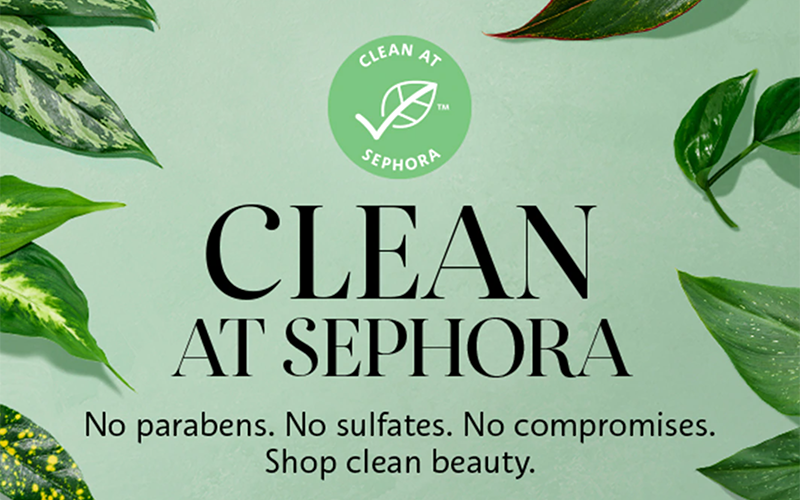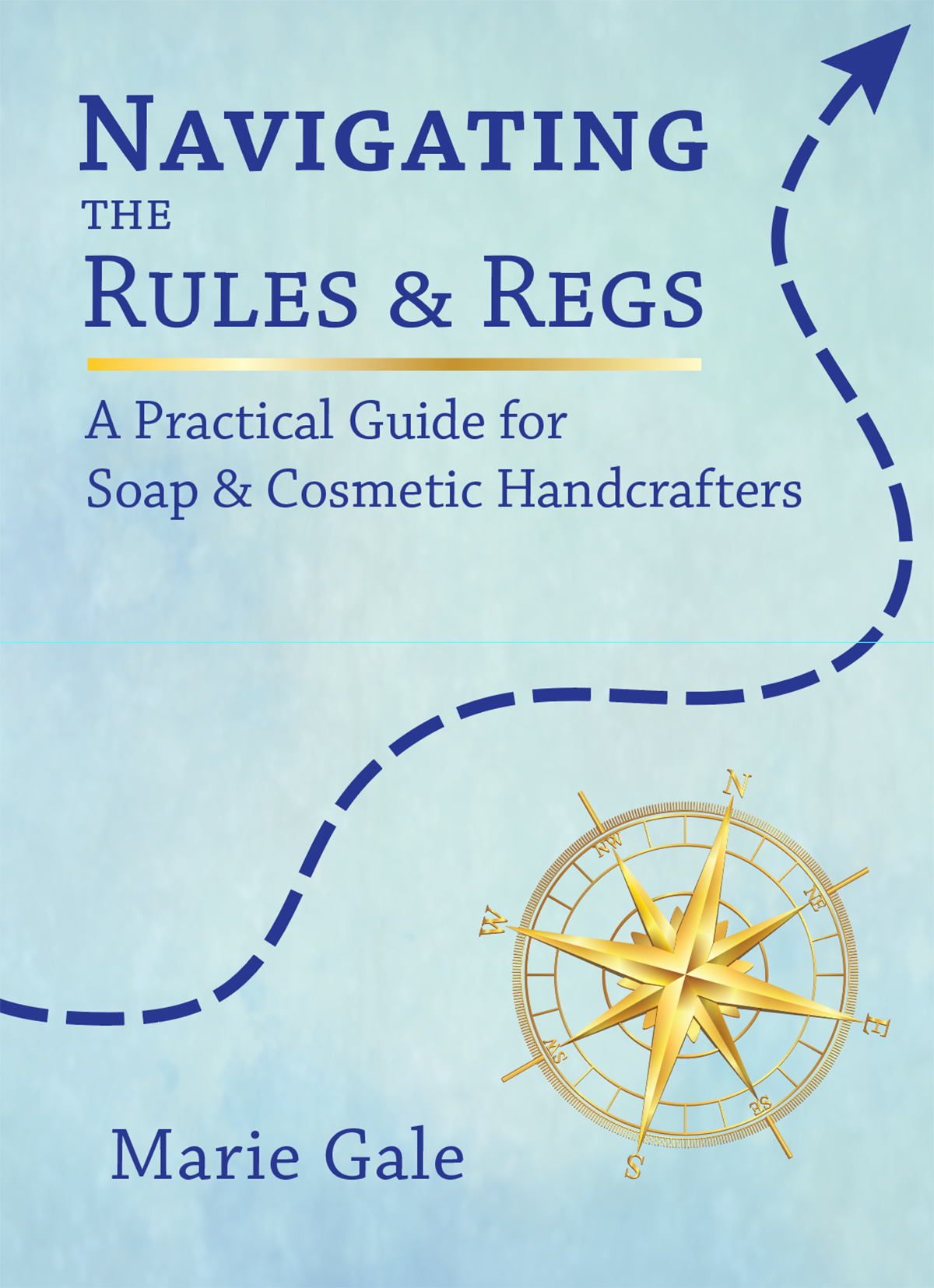Yet another class action lawsuit has been filed in New York against a cosmetic company. This one alleges that Sephora’s claims of “clean” were fraudulent and deceptive, and that the amount in controversy is exceeds $5 million (not including costs).
Allegations of Misleading & Defrauding Consumers
The gist of the lawsuit is that that consumers think “clean cosmetics” are “products made without synthetic chemicals and ingredients that could harm the body, skin or environment” and that Sephora misled consumers into paying premium prices by promoting some of their products as “clean” when they weren’t.
In other words:
- Consumers paid a premium price for the products because they were “clean”
- Consumers wouldn’t have paid as much if they had known the products contained “unclean” ingredients
- Sephora’s false, misleading and deceptive statements were likely to influence the consumers’ decisions to pay more
- The advertising and promotion of the products was false, so the products were not “fit for trade” (shouldn’t have been sold)
- Sephora’s actions were fraudulent
- Sephora obtained money and benefits through their fraudulent actions (and should pay it back, with interest and penalties).
What Is “Clean?”
Underlying the whole suit is the determination of which ingredients are “clean” and which are not; with “synthetic” apparently being the key. The lawsuit makes some pretty specific allegations about that. I don’t claim to be a chemist, but even I know that in at least some of the claims the attorney’s have stretched the idea of “synthetic” or “unsafe” far, far beyond anything reasonable (or provable).
The lawsuit uses the ingredients of Saie Mascara 101 as the sample product with synthetic and/or harmful ingredients. The ingredient declaration for the product is (I’ve marked ones cited in the lawsuit in bold):
Water, Beeswax, Butyrospermum Parkii (Shea) Butter, Polyglyceryl-6 Distearate, Dimer Dilinoleyl Dimer Dilinoleate, Glycerin, Copernicia Cerifera (Carnauba) Wax, Polyglyceryl-10 Myristate, Cetyl Alcohol, Glyceryl Caprylate, Leuconostoc/Radish Root Ferment Filtrate, Zea Mays (Corn) Starch, Xanthan Gum, Arginine, Phenethyl Alcohol, Agropyron Repens Root Extract, Potassium Sorbate, Sodium Benzoate, Iron Oxides (Ci 77499).
For those who make soap and are familiar with soapmaking chemistry, you may find some of the claims of “synthetic” and “harmful” a little over the top.
The lawsuit claims that Polyglyceryl-6 Disterate is “a compound of glycerol and stearic acid”.1
Glycerol, as explained in the lawsuit, is synthetic because it is made with a chemical reaction that “cleaves2 the molecule.” Of course, we know that process by another name; saponification. Although, honestly, much of the glycerin that is used commercially isn’t actually from saponification, but the lawsuit specifically mentions that it comes from “biodiesel production.” Which sounds terrible and very “unclean,” but isn’t actually.
Stearic acid is defined in the lawsuit as being sourced from palm oil, but “significantly altered through saponification.” That’s just wrong. Stearic acid is a fatty acid from palm or other oils (or sometimes lard or tallow), but it isn’t saponified (that’s sodium or potassium stearate). It would probably actually be considered “natural derived” according to the International Standard ISO 16128-1 “Guidelines on technical definitions and criteria for natural and organic cosmetic ingredients and products — Part 1: Definitions for ingredients.”
Xantham Gum is listed in the lawsuit as a synthetic ingredient since it is manufactured from carbon sources by fermentation. “Carbon sources” sounds pretty scary, but it’s actually just sugars (glucose and sucrose). The fermentation process is considered relatively “natural.” Xantham gum is “natural derived” per ISO 116128-1. And, of course, xantham gum is used in all sorts of food and is considered safe for food use by both the European Food Safety Authority and the FDA.
Behind the Hype
So what’s behind all the hype? A money grab.3
This case against Sephora was filed by Spencer Sheehan, of Sheehan and Associates, PC. In 2019 he was single-handedly responsible for over half the deceptive practices litigation in New York, nearly two-thirds of the cases in 2020, and in early 2021 he was filing at a similar pace. Obviously that’s continued into 2022.
New York’s consumer protection laws (covered in NY General Business Law, sections 349 and 350) are very attractive to the plaintiffs’ lawyers. The laws vaguely prohibit “deceptive practices” and only require that the practice is likely to mislead; not that it actually DID. They can be (and have been) used against almost ANY product or service. In addition, the law permits a person injured by deceptive practices to recover actual damages OR a minimum amount of $50 (which can be increased). Finally, unlike ordinarly litigation where each side pays its own expenses, the court may order a business to pay a consumer (who wins) their attorney fees.
So, attorneys in NY work with vague laws covering what is “deception”, have the ability to get statutory damages (rather than actual damages, which could be minimal) AND can get their fees paid. Nice gig!
Some cases are dismissed at the get-go. For example, the suit that Pepsi’s “diet” soda misled consumers into thinking it was a diet product. Or the one that Kraft “all natural” sour cream MIGHT come from milk from cows who were fed GMO corn or soy. Or that Advil packages were deceptive because the bottle was too big (even though the number of pills was stated on the label).
Most other cases are settled and dismissed. It’s so costly to go ahead with such a case (even when the company is likely to win), most companies pay up just to make it go away.
Do You Need to Worry?
Probably not. That is assuming you are being reasonably ethical, honest, and accurate in your label claims. And don’t have deep pockets.
That said, the current trends can be of concern, especially if you sell products in New York (in person or to consumers in New York via a website).
This is an area where having product and general liability coverage (which would likely kick in, for such a lawsuit) could bring some peace of mind.
- Remember, glycerol is another name for glycerin. ↩︎
- Cleave: to split or sever something. In chemistry, to split a molecule by breaking a particular chemical bond. ↩︎
- See Class Action Chaos: The Rise of Consumer Class Action Lawsuits in New York, a white paper by Cary Silverman, Esq., New York Civil Justice Institute, May 2021. ↩︎



Leave a Reply